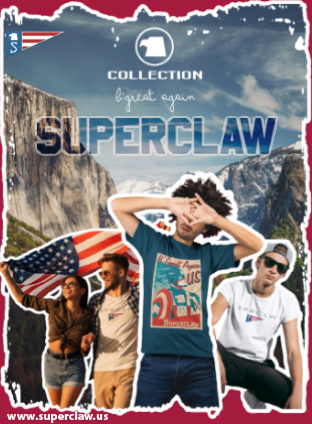How Regional Festivals Influence Fashion Trends in Spain
Spain, a country renowned for its rich cultural tapestry, celebrates a variety of regional festivals that not only showcase local traditions but also have a significant impact on fashion trends. From the vibrant costumes of flamenco dancers at the Feria de Abril in Seville to the elegant gowns of the Fallas in Valencia, each festival brings a unique sartorial flair that influences both local and global fashion scenes. This article explores how regional festivals shape fashion trends, offering insights into the interplay between tradition and modernity. By understanding these influences, fashion enthusiasts and designers can appreciate the cultural significance behind some of the most iconic Spanish styles.
The Feria de Abril: Flamenco’s Fashionable Influence
The Feria de Abril in Seville is a celebration of Andalusian culture, where flamenco fashion takes center stage. Women don brightly colored trajes de flamenca, or flamenco dresses, adorned with ruffles, polka dots, and intricate embroidery. These dresses have become a symbol of Spanish fashion, inspiring designers worldwide. The Feria also popularizes accessories like mantillas (lace veils) and abanicos (fans), which add a touch of elegance to the traditional attire. The festival’s vibrant atmosphere and stylish outfits have a lasting impact on fashion, with elements of flamenco appearing in global collections.
Las Fallas: The Art of Traditional Dress
In Valencia, the Fallas festival is a spectacular event where art and fashion collide. Participants wear traditional Valencian costumes, known as trajes de fallera, characterized by elaborate silk dresses, ornate jewelry, and intricate hairstyles. These outfits, deeply rooted in local history, reflect the craftsmanship and attention to detail that defines Spanish fashion. The popularity of these traditional garments has led to a revival of interest in historical fashion, influencing designers to incorporate vintage elements into modern collections. The Fallas not only preserve cultural heritage but also inspire new interpretations of classic styles.
San Fermín: From Traditional Whites to Modern Streetwear
The San Fermín festival in Pamplona is famous for the running of the bulls, but it also sets a unique fashion trend. Participants traditionally wear white outfits with red scarves and sashes, creating a striking visual contrast. This simple yet iconic look has inspired modern streetwear, with designers incorporating the color scheme into casual collections. The festival’s influence extends beyond clothing, with accessories like espadrilles gaining popularity in global fashion. San Fermín demonstrates how a minimalist aesthetic can make a bold fashion statement, blending tradition with contemporary style.
La Tomatina: Playful Fashion and Global Trends
La Tomatina, held in Buñol, is a quirky festival where participants engage in a massive tomato fight. While the event is more about fun than fashion, it has inspired a playful approach to clothing. The festival promotes a carefree style, with brightly colored, durable outfits designed for comfort and practicality. This laid-back fashion has resonated with younger audiences, influencing casual wear trends worldwide. La Tomatina shows how even the most unconventional festivals can leave a mark on fashion, encouraging designers to experiment with bold colors and relaxed fits.
Embracing Tradition and Innovation in Fashion
Spain’s regional festivals offer a fascinating insight into how tradition and innovation coexist in fashion. By embracing the cultural significance of these events, designers can create unique collections that capture the essence of Spanish style. Understanding the influence of regional festivals allows fashion enthusiasts to appreciate the deeper meaning behind iconic trends, making each outfit not just a statement of style but a tribute to heritage.





